Lighting Revolutions in Technology, Design, and Application

Speaker: Morgan Pattison, Senior Technical Advisor, U.S. Department of Energy Lighting R&D Program Host: Energy and Efficiency Institute Date: 2/6/2020 Watch Video of Seminar Abstract: LED lighting technology is already enabling massive energy savings with more to come. However, we must look beyond the job of just providing the same light more efficiently. Advanced LED technology is the […]
Understanding Transport and Chemical Phenomena in Solar Fuel Generators for Water and Carbon Dioxide Splitting
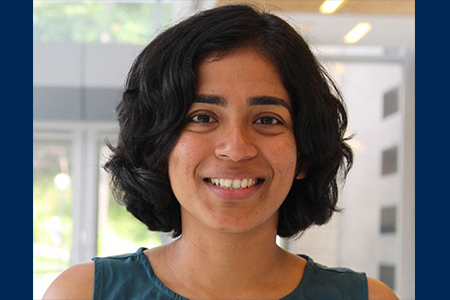
Speaker: Rohini Bala Chandran, Associate Professor, University of Michigan, Ann Arbor Host: Energy and Efficiency Institute Date: 11/18/2019 Time: 12:15pm to 1:30pm Location: 1605 Tilia Street, West Village, UC Davis Abstract: Green plants make complex hydrocarbons from available sunlight, water and carbon dioxide – can we take a leaf from nature’s book? Solar-fuel technologies offer the potential to harness and […]
Autonomous Buildings: Data-Driven Control of HVAC Systems
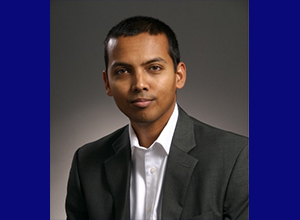
Speaker: Prabir Barooah, Associate Professor, University of Florida Date: 06/11/2019 Time: 11:45am to 1:00pm (Lunch will be served) Location: 1605 Tilia Street, Room 1103, West Village, UC Davis Watch video of seminar
That word we’re using doesn’t mean what we think it means: Examining the greenhouse gas emissions and marginal abatement costs of Zero Net Energy homes in California
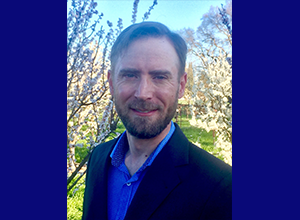
Speaker: Ben White, Ph.D. Candidate, Transportation Technology and Policy, UC Davis Host: Energy and Efficiency Institute Date: 05/24/2019 Time: 11:45am to 1:00pm (Lunch will be served) Location: 1605 Tilia Street, Room 1103, West Village, UC Davis
21st Century Electric Power System Architecture
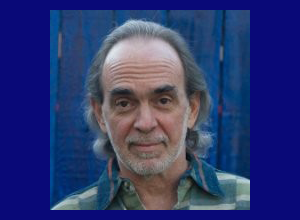
Speaker: Lorenzo Kristov, Independent Consultant Host: Energy and Efficiency Institute Date: 05/17/2019 Time: 10:15am to 11:30am Location: 1605 Tilia Street, Room 1103, West Village, UC Davis Watch Video of Seminar
(Re)Defining the Utility of Energy in the Built Environment
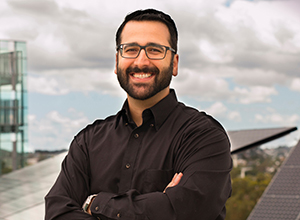
Speaker: Duzgun Agdas, Senior Lecturer, Queensland University of Technology Host: Energy and Efficiency Institute Date: 03/06/2019 Time: 12:00pm to 1:00pm (Lunch will be served) Location: 1605 Tilia Street, Room 1103, West Village, UC Davis Watch Video of Seminar

